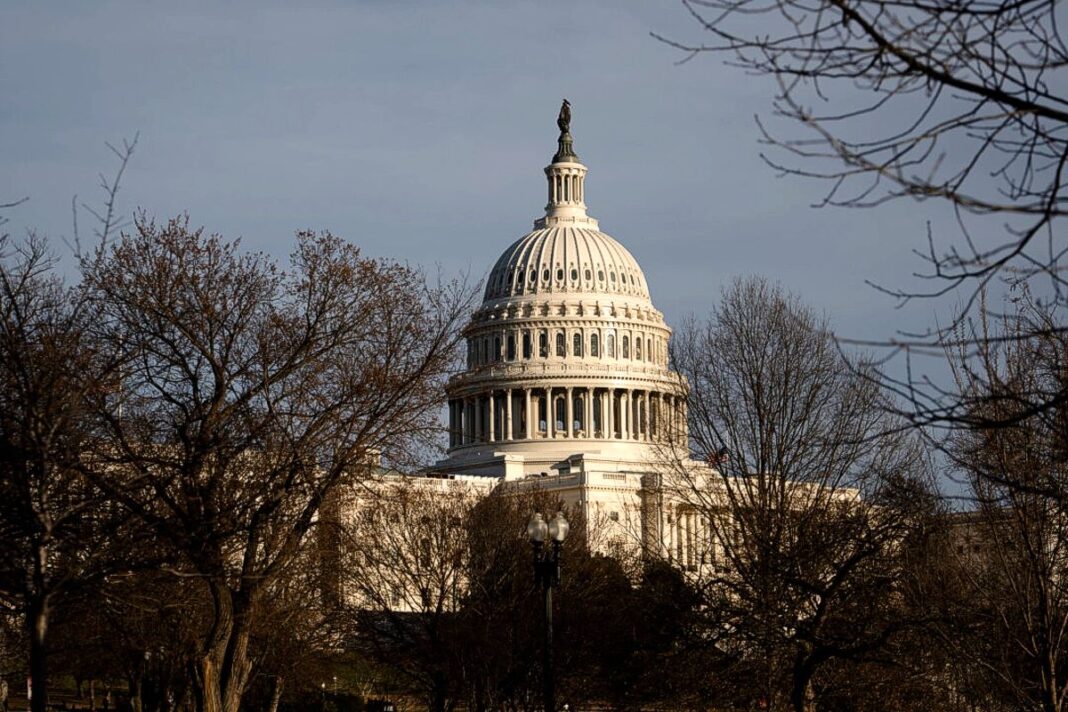The resolution now heads to the House, where there are already warning signs that the blueprint could face hurdles.
WASHINGTON—The U.S. Senate in the early morning hours of April 5 approved the budget blueprint to advance President Donald Trump’s agenda after a marathon voting session.
Under the rules of the reconciliation process, which is being used to pass the sweeping package, all amendments must be considered—leading to voting sessions that last well into the night, known as a “vote-a-rama.”
This time was no different, as the long vote series began in the evening on April 4 and continued into the early hours of Saturday. Lawmakers finally advanced the resolution in a 51-48 vote, which fell mostly party lines, with Republican Sens. Susan Collins of Maine and Rand Paul of Kentucky both voting against.
The all-night session included votes on Democratic amendments that targeted Trump’s tariffs, the potential impact of the budget bill on the federal deficit, and seeking to limit tax cuts for the wealthy in the bill. They all failed.
With its passage by the Senate, the budget resolution—which resulted from weeks of bicameral negotiations—heads to the House.
Both chambers will need to pass the measure to move on to the next stage of the reconciliation process.
There are already warning signs in the lower chamber, where House Speaker Mike Johnson (R-La.) oversees a slim and ideologically diverse Republican conference, that the Senate blueprint could face hurdles.
What’s Included
The budget blueprint was unveiled by Senate Budget Committee Chairman Lindsey Graham (R-S.C.) on April 2.
Most of its provisions aligned with what was expected from the package, including tax policy, federal funding for energy, defense, and the border, and spending cuts.
Its centerpiece is making permanent the income tax cuts included in the Tax Cuts and Jobs Act of 2017, which are currently set to expire this year.
Under the Byrd Rule, nothing in a reconciliation bill can be made permanent if it would cost the government money after a decade.
To align with this rule, Graham declared his authority to use “current policy” as the baseline to calculate the bill’s long-term impact.
This standard has been questioned by some as unrealistic and the use of current policy could still face a challenge by the Senate parliamentarian.
By Joseph Lord







